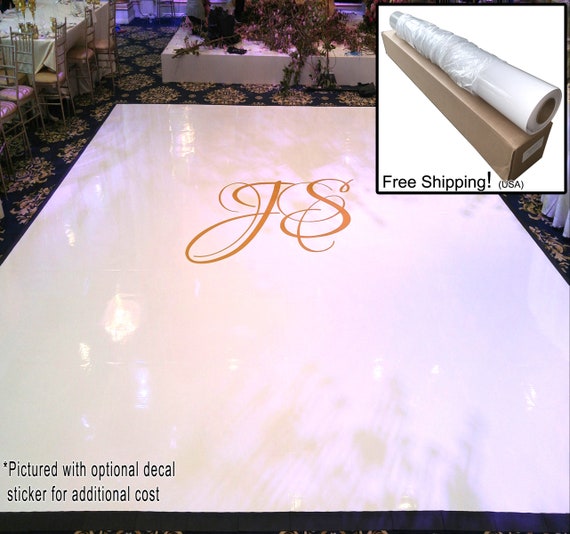Enhancing Creativity Via Shade Concept for LED Dancing Platform Layouts
Enhancing Creativity Via Shade Concept for LED Dancing Platform Layouts
Blog Article
Color concept is an crucial aspect of design, particularly as it comes to designing light-emitting diode dancing floors. The interaction of colors can significantly affect the atmosphere and energy of a venue. Through grasping how colors function together, creators can craft an environment that enhances the total encounter for participants. This piece examines the basics of color theory and its use in light-emitting diode dance floor layouts.
The primary colors are red, blue, and yellow. These colors cannot be made by mixing other hues combined. Intermediate colors, such as green, orange, and purple, are created by mixing primary colors. Tertiary colors are formed by combining a primary color with a secondary color. Grasping these fundamental relationships helps designers choose colors that complement one another and create a aesthetically pleasing show. Mixing these colors on an LED dancing surface can lead to dynamic and exciting effects that capture the attention of participants.
Hue value also holds a key part in aesthetics. Hues can be categorized as warm or cool. Warm colors, such as red, orange, and golden, often to elicit feelings of excitement and warmth. In contrast, cool hues like azure, emerald, and purple often create a calm and soothing environment. Creators can utilize these color dance floor rental for special milestones temperatures to set the ambiance for various kinds of events. For instance, a party atmosphere may gain from hot hues that energize the crowd, while a more calm occasion might use cool hues to offer a calming effect.
In addition to hue combinations and temperature, brightness and saturation are essential factors to consider. Brightness refers to how bright or dim a color appears, while saturation indicates the vividness of a color. Bright, intense hues can create a vibrant and lively atmosphere, ideal for dance floors. On the contrary hand, gentler, less saturated hues can generate a more subdued environment. Through manipulating brightness and intensity, creators can draw focus to particular sections of the dance floor or establish sight pathways, guiding participants through the venue.
Finally, it is crucial to take into account the psychological effects of see this site color in light-emitting diode dancing floor designs. Various hues can evoke different feelings and responses. For instance, crimson is often associated with zeal and vitality, while azure can be calming and tranquil. Grasping these associations allows creators to strategically apply hues to influence the behavior of participants. Through incorporating color theory into light-emitting diode dancing floor designs, designers can improve the overall experience, making it unforgettable and pleasurable for everyone involved.